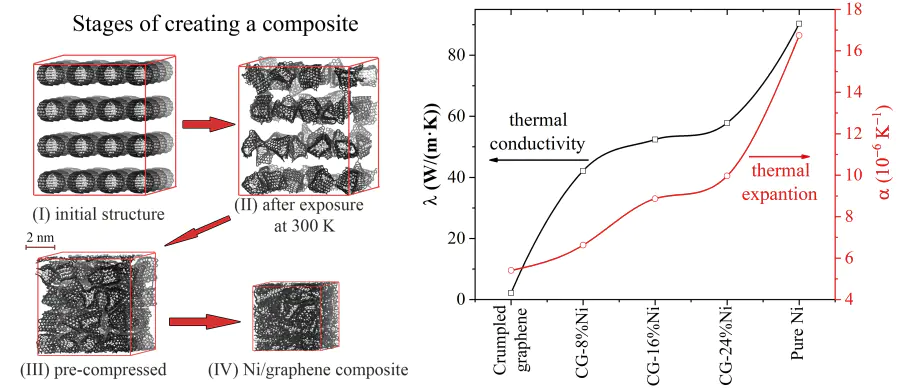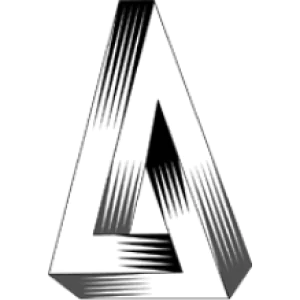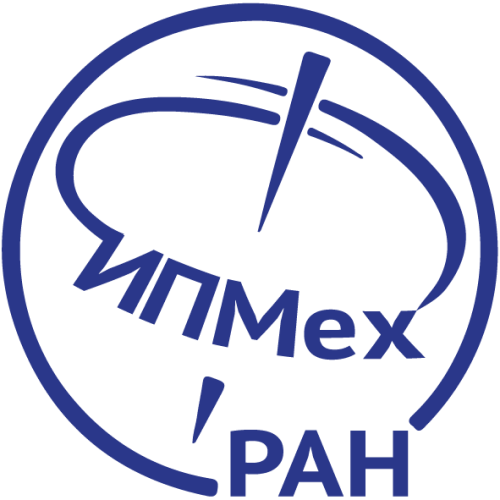Физика и механика углеродных наноматериалов
Публикаций
128
Цитирований
2 626
Индекс Хирша
31
Необходимо авторизоваться.

Анализ механических и физических свойств углеродных наноматериалов методом молекулярной динамики
- Математическое моделирование
- Молекулярная динамика и квантово-химические расчеты
- Динамика дислокаций
Направления исследований
Компьютерное моделирование физических и механических свойств композитов на основе графена и наночастиц металла
+

Объектом исследования являются композиты на основе углеродной сетки, заполненной наночастицами металла, обладающие уникальными свойствами. Рассматриваемые материалы могут в дальнейшем применяться в энергетике, машиностроении, наномеханических устройствах.
Цель работы – исследование механических и физических свойств новых углеродных наноматериалов, в частности исследование влияния внешних воздействий на свойства материала, связи между структурой и свойствами, изучение механических свойств новых композитов на основе скомканного графена.
Методом молекулярной динамики исследледован процесс получени и деформационное поведение композита графен/Ni, графен/Ti, графен/Al и графен/Cu. Рассмотрены и подобраны параметры потенциала Морзе и апробированы другие существующие потенциалы для описания взаимодействия в этих системах. Показано, что за счет слабой энергии связи между графеном и Al (графеном и Cu) в процессе деформационной обработки наночастицы металла стремятся коагулировать. Наличие коагулированных наночастиц металла, с одной стороны, повышает пластичность композита, но, с другой стороны, именно на наночастицах происходит его разрушение. Наибольшую прочность демонстрирует композит на основе графена и Ni.
Исследование механических свойств металлических материалов
+

Объеком исследования являются различные металлические материалы - металлы, сплавы, композиты. Целью исследования является анализ механических и физических свойств этих материалов при различных внешних воздействиях. Основной метод исследования - это метод молекулярной динамики, который на атомарном уровне позволяет проанализировать механизмы, лежащие в основе различных процессов. Одна из важных задач - это исследование пластической деформации в металле и анализ механизмов деформации, таких как зернограничное проскальзывание. Кроме того метод молекулярной динамики позволяет исследовать плавление и кристаллизацию, а также диффузионные процессы в металлических наноматериалах.
Публикации и патенты
Найдено
Ничего не найдено, попробуйте изменить настройки фильтра.
Адрес лаборатории
Уфа, ул. Степана Халтурина, 39
Необходимо авторизоваться.








